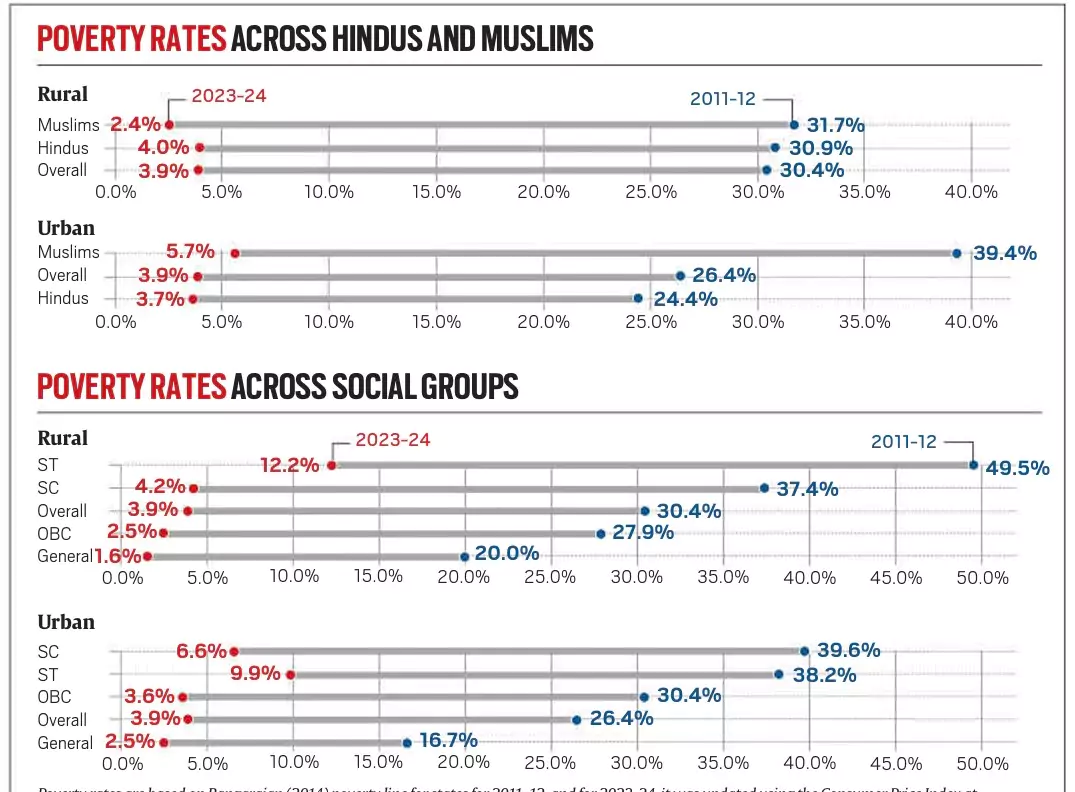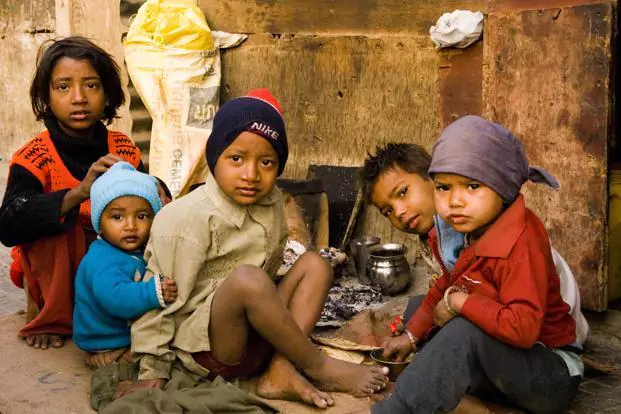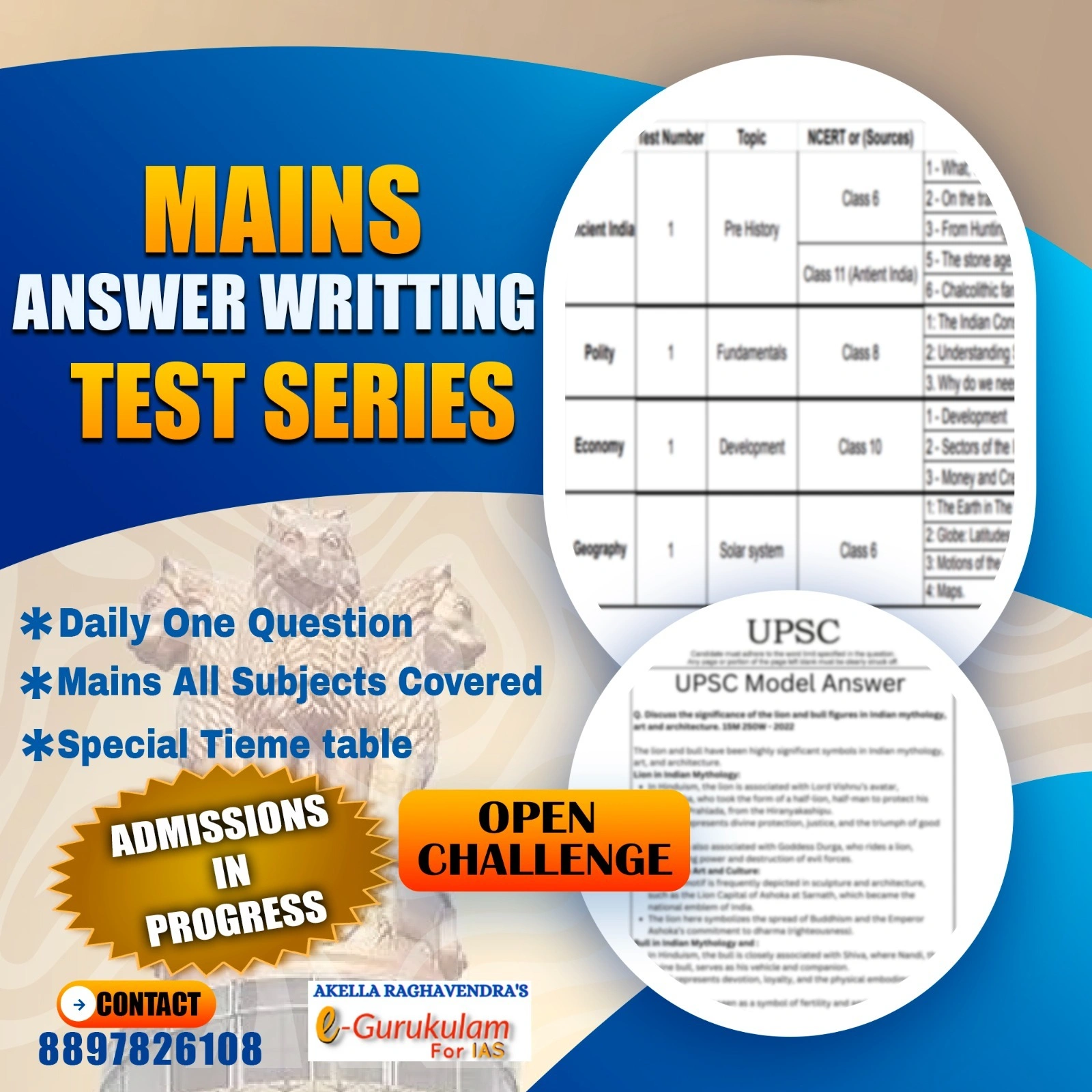Role of Democracy in Poverty Reduction
Democracy in India is not just about regular elections but about the effective delivery of essential public services to the masses. The article highlights how India's democratic framework has contributed significantly to poverty reduction, making it a model for inclusive growth.
Democracy Beyond Electoral Politics
- The author argues that democracy must be understood beyond electoral competition.
- True democracy is validated when it ensures efficient delivery of public goods such as health, education, sanitation, food security, and housing to the marginalized sections of society.
- Mere voting is not sufficient; the state must actively work to uplift the poor.

Trends in Poverty Reduction
- The article points out that India has witnessed a sharp decline in poverty rates between 2011-12 and 2022-23.
- Rural poverty declined from 32.6% to 5.4%, and urban poverty from 21.7% to 4.2%.
- The reduction in poverty has been sharper in rural areas, reflecting the effectiveness of targeted welfare programs aimed at the rural population.
Reduction Across Social Groups
- The data reveals that Scheduled Castes (SCs), Scheduled Tribes (STs), and Other Backward Classes (OBCs) have experienced greater reductions in poverty compared to the general category.
- For instance, SC rural poverty declined from 31.4% to 5.2%, and ST rural poverty from 43.2% to 12.2%.
- Among religious groups, Muslims have shown a notable reduction in poverty, with rates falling from around 22% to 9%, indicating narrowing gaps between different communities.
Key Drivers of Poverty Reduction
- The author attributes the significant reduction in poverty to large-scale government interventions.
- Programmes such as the Pradhan Mantri Awas Yojana (housing for all), Ujjwala Yojana (clean cooking gas), Jal Jeevan Mission (safe drinking water), Ayushman Bharat (health insurance for the poor), and the Food Security Act (subsidized food) have made a deep impact.
- Direct Benefit Transfers (DBTs) have further minimized leakages and ensured that benefits reach the intended recipients without intermediaries.
Democracy as a Catalyst for Welfare Delivery
- The functioning of competitive democracy ensures that political parties are pressured to deliver welfare schemes efficiently to secure electoral support.
- In India’s multi-party system, the needs of marginalized groups cannot be ignored, leading to a steady improvement in living conditions.
- Political competition strengthens the voice of the poor and holds the government accountable for social justice.
Challenges That Remain
- Certain sections, particularly Scheduled Tribes and some urban slum dwellers, remain vulnerable.
- The urban informal sector continues to experience economic insecurity.
- Hence, while welfare schemes have succeeded in reducing poverty, future efforts must focus on sustainable job creation, quality education, skill development, and improved healthcare access to consolidate these gains.
Conclusion
- India’s experience proves that democracy, when properly functioning, can be a powerful engine for poverty eradication.
- Moving forward, maintaining this momentum will require strengthening governance mechanisms, expanding economic opportunities, and ensuring that growth remains inclusive and sustainable.













